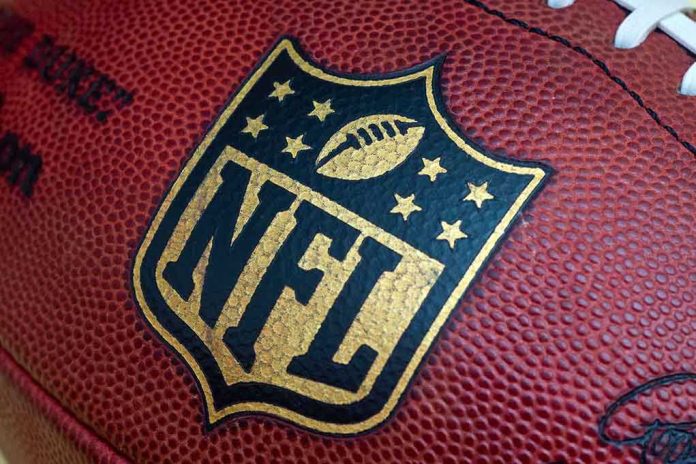
Elite NFL agents now wield unprecedented power, managing billion-dollar portfolios that rival small nations’ economies while fundamentally reshaping America’s most beloved sport into a corporate battlefield where player loyalty takes a backseat to maximum profit extraction.
Story Highlights
- Modern NFL agents control contract portfolios exceeding $1 billion, transforming from advisors into industry kingmakers
- The 1993 free agency settlement shifted power from team owners to player representatives, fundamentally altering league dynamics
- Top agencies like CAA Sports and Excel Sports Management now offer comprehensive life management beyond traditional contract negotiations
- Agent influence extends to team roster construction, salary cap management, and even fan engagement strategies
From Humble Beginnings to Corporate Powerhouses
The sports agent profession began in 1925 when Red Grange hired C.C. Pyle to negotiate his NFL contract, marking the first time a professional athlete sought independent representation. For decades afterward, team owners actively resisted agent involvement in salary negotiations, viewing these representatives as unwanted interference in their business operations. The landscape remained largely unchanged until the NFL Players Association’s formation in 1956, which established collective bargaining but left individual contract negotiations underdeveloped.
The transformation accelerated during the 1980s and 1990s with the emergence of “super-agents” like Leigh Steinberg and Drew Rosenhaus. These pioneers recognized that player representation extended far beyond simple contract negotiations, expanding into endorsement deals, brand management, and comprehensive career planning. Their success demonstrated the immense financial potential within professional sports representation, laying the groundwork for today’s billion-dollar agencies.
The 1993 Free Agency Revolution
The pivotal moment came with the 1993 White v. NFL settlement, which established true free agency and dramatically shifted power from team owners to players and their representatives. This landmark decision allowed veteran players to test the open market, creating competitive bidding wars that drove salaries skyward. Agents suddenly possessed unprecedented leverage in negotiations, transforming from peripheral advisors into central figures in roster construction and team strategy.
The settlement’s impact extended beyond individual contracts, fundamentally altering the NFL’s economic structure. Teams now compete not just on the field but in boardrooms where agents orchestrate complex negotiations involving guaranteed money, performance incentives, and long-term security. This shift represents a concerning trend toward player empowerment at the expense of team stability and fan loyalty, as athletes increasingly prioritize maximum earnings over organizational commitment.
Modern Agent Empire Building
Today’s elite agents operate sophisticated business empires that extend far beyond traditional contract negotiations. Agencies like Creative Artists Agency and Excel Sports Management provide comprehensive services including financial planning, social media strategy, post-career transition support, and brand development. These organizations manage portfolios exceeding billions of dollars in combined player contracts and endorsements, wielding influence that shapes league economics and team decision-making processes.
The NFLPA continues to oversee agent certification and conduct, periodically updating standards and disciplinary procedures. However, the explosive growth in agent power raises questions about accountability and transparency in an industry where individual representatives can command millions in commissions while potentially prioritizing personal profit over client welfare. This concentration of influence among a handful of super-agents creates concerning dynamics that may not serve the broader interests of players, teams, or fans.
Sources:
NFLPA History: 1956 – The Beginning
The Powerful Role of a Sports Agent
Athletic Support: History of Sports Agents
The History of NFL Free Agency







